A Necklace of Coastal Gems | Maine Coast Heritage Trust
A celebration in photographs of Maine Coast Heritage Trust and its 50-year history as a conservation game-changer.
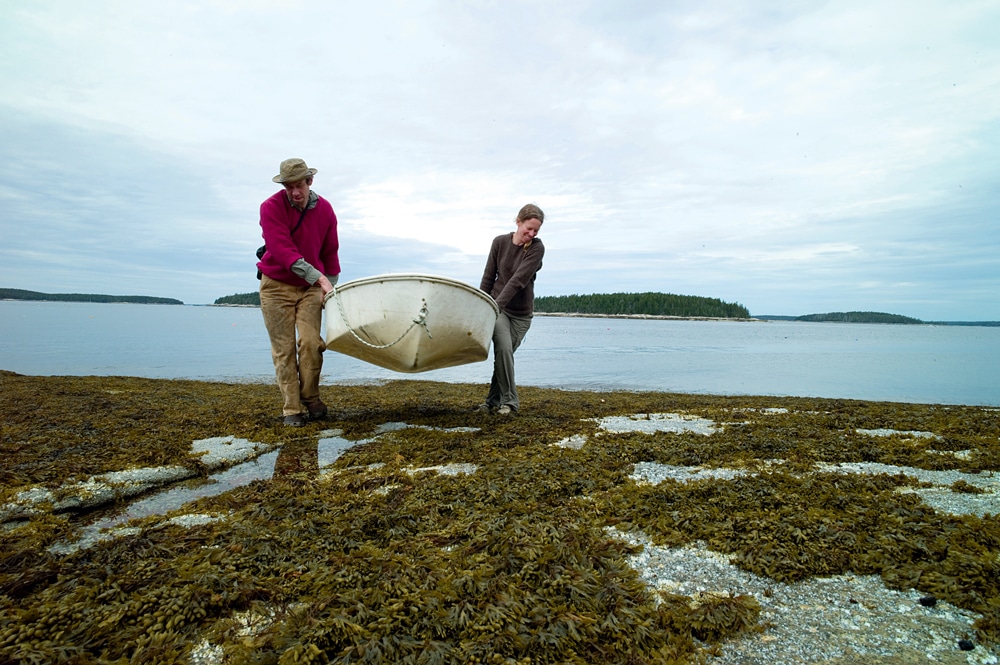
Coffee By Design | Portland, Maine
Photo Credit : Katherine Keenan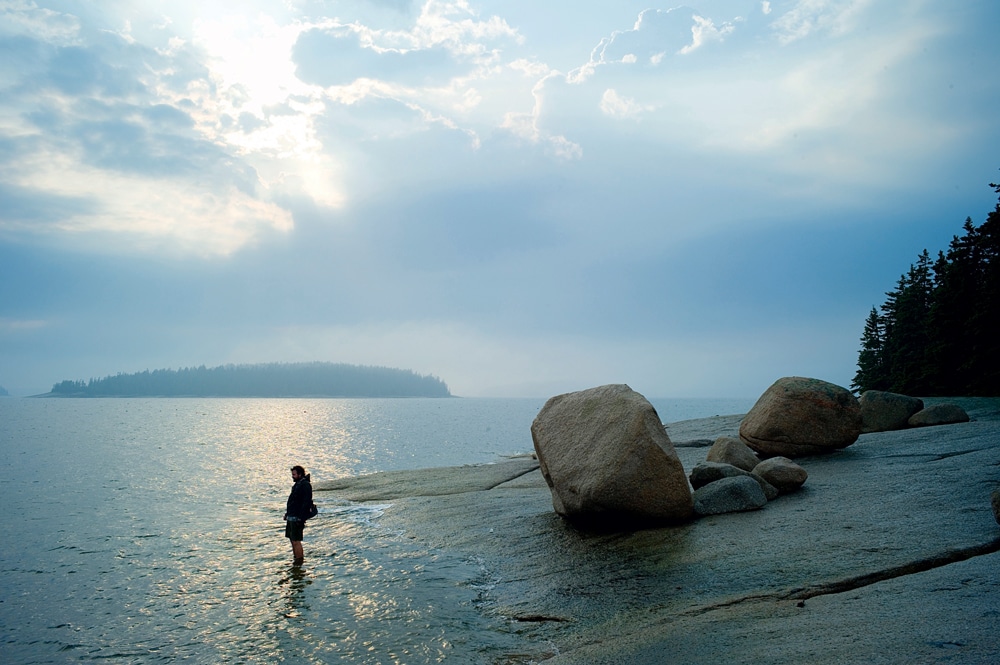
Photo Credit : Bridget Besaw
The long seaside meadow at Woodward Point in Brunswick, Maine, goes silent as visitors arrive, but after holding its breath for a few seconds, it comes back to life.
The 80 or so bobolinks who make their summer home on the point have already fled south to the pampas of Argentina, but gulls cry overhead. A lobster boat throttles between buoys, an airplane hums high above, and the breeze and the tide whisper to each other along the grassy shore at the mouth of the New Meadows River.
Woodward Point Preserve is one of 137 public preserves protected by Maine Coast Heritage Trust, which celebrates its 50th anniversary this year. Since 1970, through land donations and the purchase of both property and conservation easements, MCHT has protected more than 150,000 acres from development, including 327 islands. As such, it has created a virtual necklace of coastal gems stretching from Kittery to Eastport.
Clam digger David Toothaker, who has worked the Brunswick flats for more than 50 years, credits the $3.5 million Woodward Point Preserve with saving the New Meadows River. “There could have been 30 to 40 oceanfront houses there,” says Toothaker, who contributed to the MCHT campaign to purchase and endow the property. “The river would have been closed to clamming in five years. This was big for me. Big for all fishermen.”

Photo Credit : Ken Woisard Photography
MCHT was founded by philanthropist Peggy Rockefeller and industrialist Tom Cabot, both of whom owned seasonal property on Penobscot Bay. At the time, the trust was not intended to be a permanent organization but rather a mechanism to facilitate the use of conservation easements to protect private islands around Mount Desert Island and Acadia National Park.
Although conservation easements had been used in other states, they hadn’t really caught on, explains Ben Emory, who served as MCHT director from 1976 to 1982. But when MCHT and Acadia National Park worked together to protect land, it “lit a spark that went national and international,” he says. “Looking back over 50 years, lighting that spark for the use of conservation easements is one of Maine Coast Heritage Trust’s major accomplishments.”
MCHT popularized the conservation easement as a preservation tool by helping to form the Maine Land Trust Network and the Washington, D.C.–based Land Trust Alliance. In 1987, the year it first held land itself, MCHT also helped pass the first $35 million Land for Maine’s Future bond, the state’s primary public land conservation program.
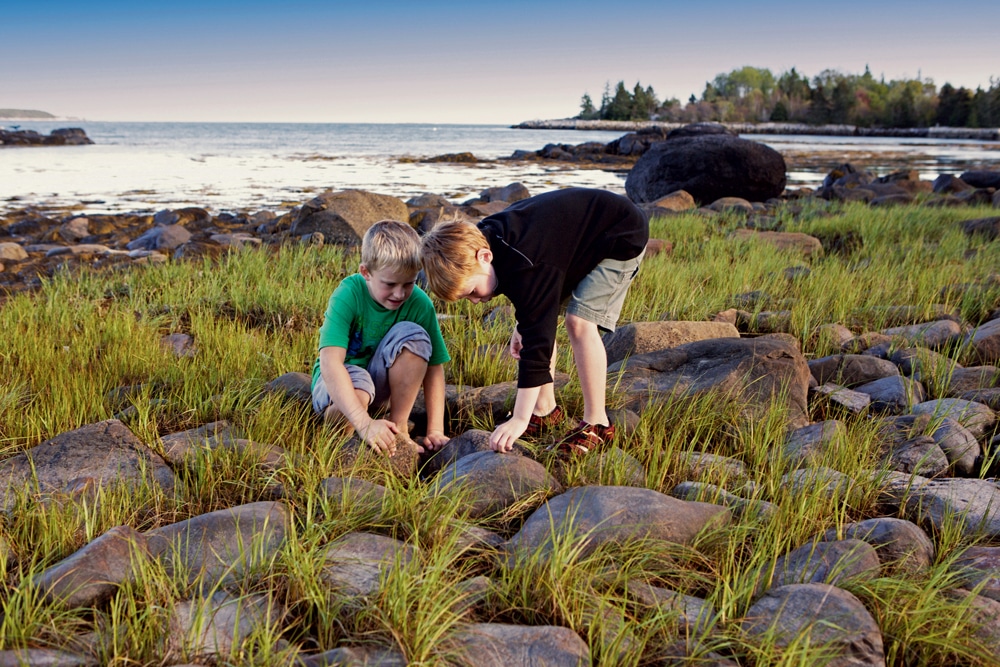
Photo Credit : Amanada Kowolski
The rise of MCHT was part of a remarkable greening of the American consciousness that occurred in the late 1960s and early 1970s. As the country celebrated the first Earth Day in 1970, groundwork was being laid in Maine to protect the state’s environment: Environmental groups fought off waves of oil refinery proposals, most key land-use regulations were passed with bipartisan support, and billboards and non-returnable bottles were banned in order to clean up highways and shorelines.
Were it not for the work of MCHT, Land for Maine’s Future, and environmental groups such as the Nature Conservancy and the Natural Resources Council of Maine, the coast of Maine might today resemble New Jersey’s—a littoral litter of condos, casinos, malls, suburbs, and power plants.
And the efforts to protect the natural beauty, wildlife habitat, working waterfront, and public access in Maine continue unabated. In 2019, MCHT completed a $125 million fund-raising campaign that drew 7,500 donors and funded 200 projects totaling 11,000 acres. (Woodward Point was one of those projects.)
MCHT keeps a detailed list of properties it would like to protect, and these days many of the targets on that list are salt marshes and coastal estuaries, as the trust seeks to buffer the coast against the effects of climate change.
The land area that MCHT has protected is now three times as large as Acadia National Park. No doubt it will grow ever larger, as Mainers ante up to protect the land they love. —Edgar Allen Beem
Scenes from Maine Coast Heritage Trust

Photo Credit : Paul Rezendes
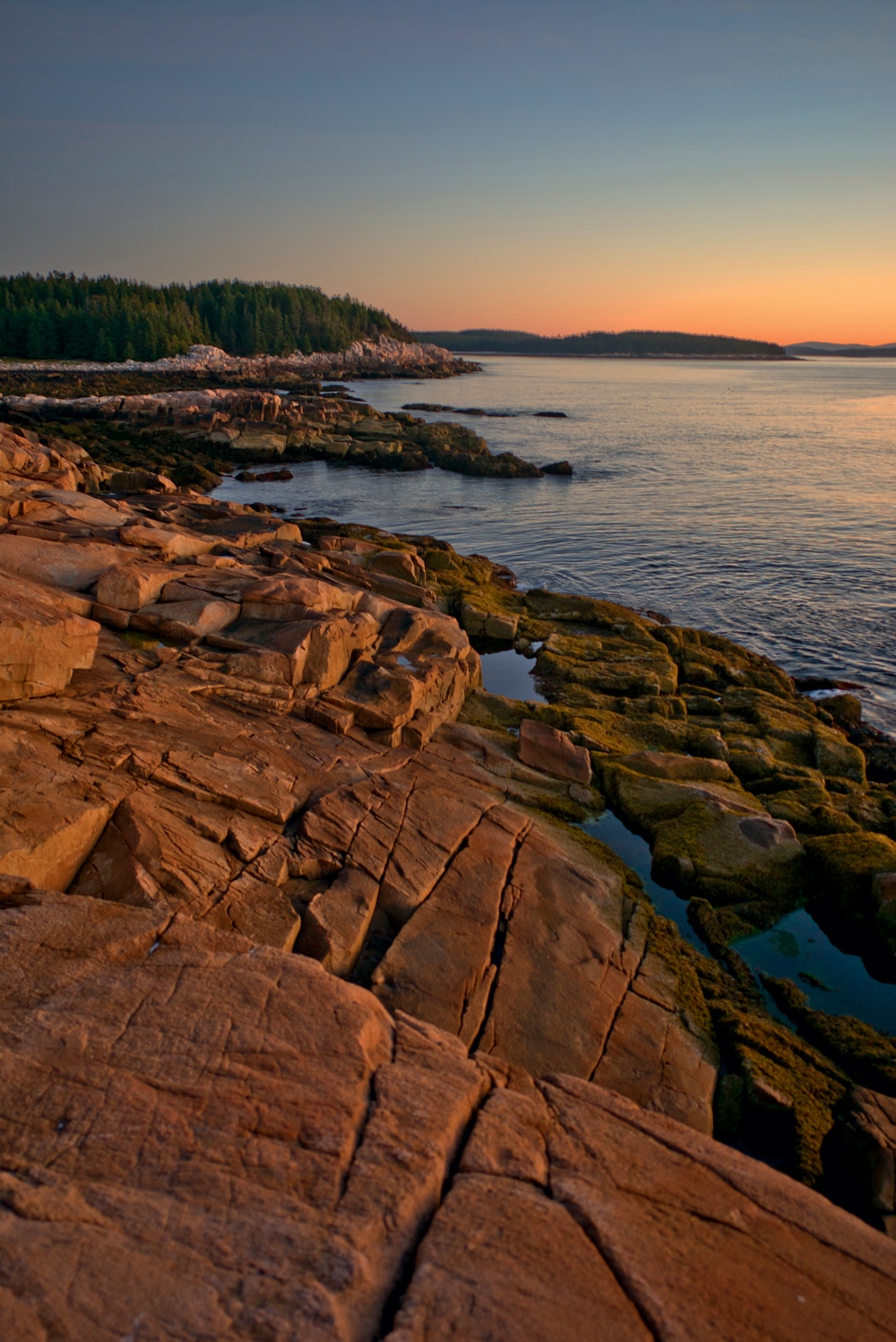
Photo Credit : Bridget Besaw
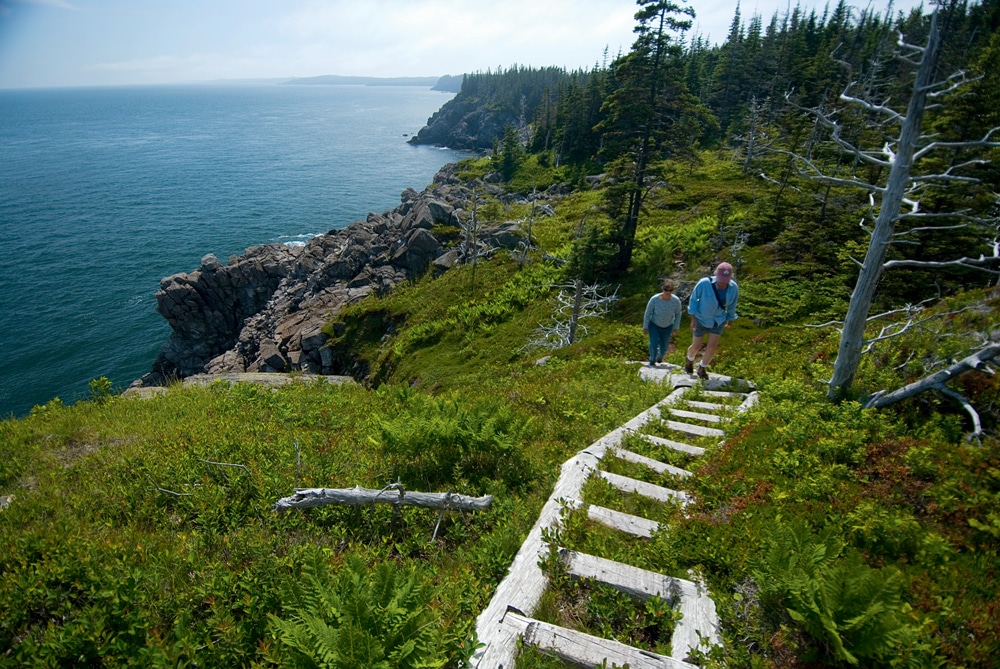
Photo Credit : Bridget Besaw

Photo Credit : Bridget Besaw
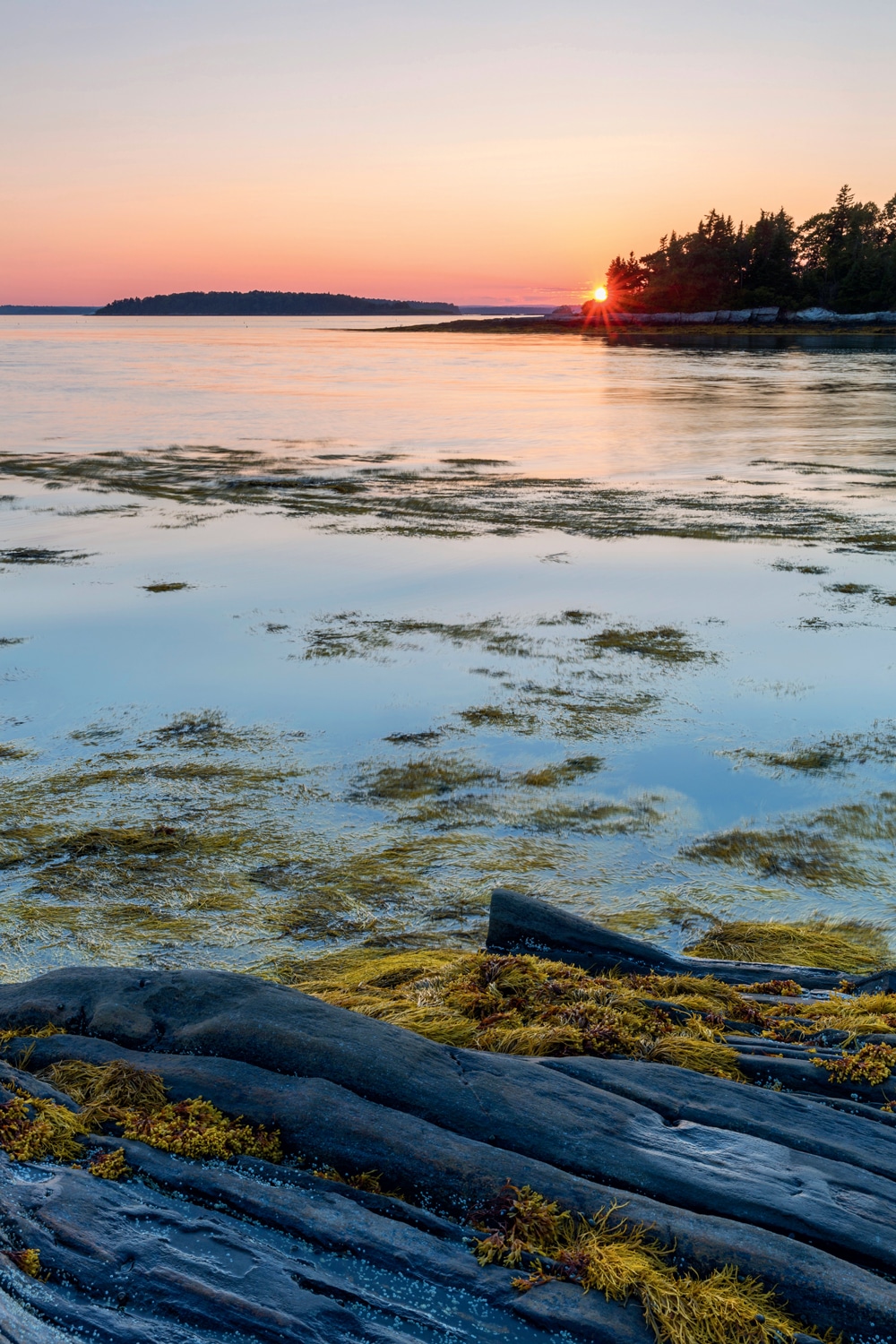
Photo Credit : Jerry Monkman/EcoPhotography

Photo Credit : Bridget Besaw







